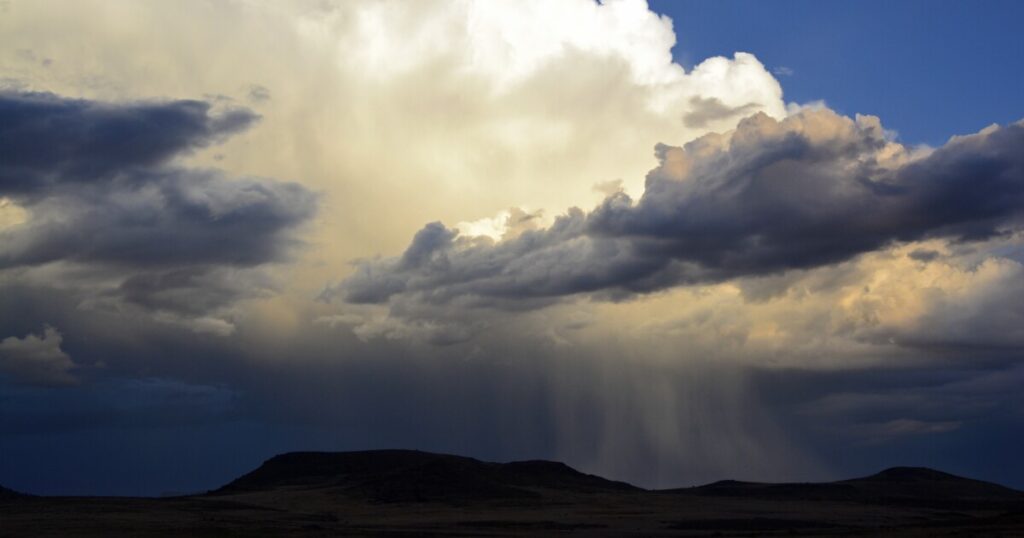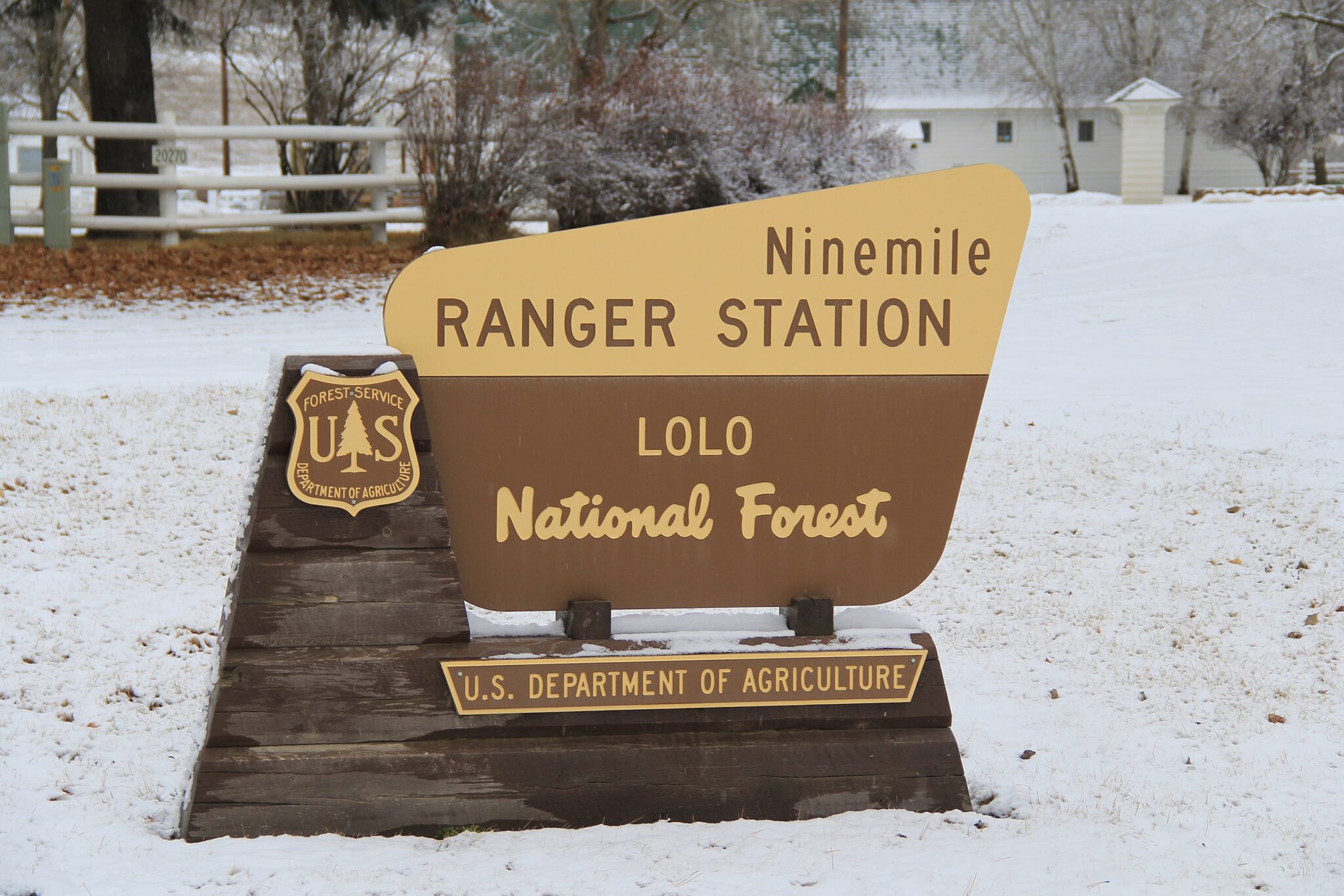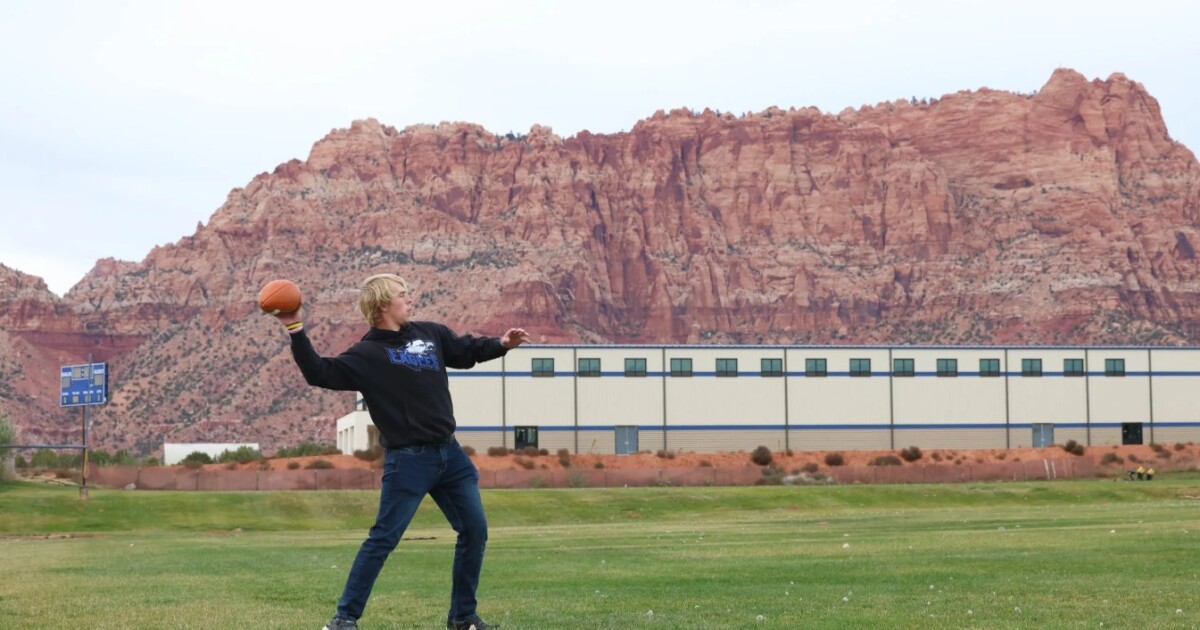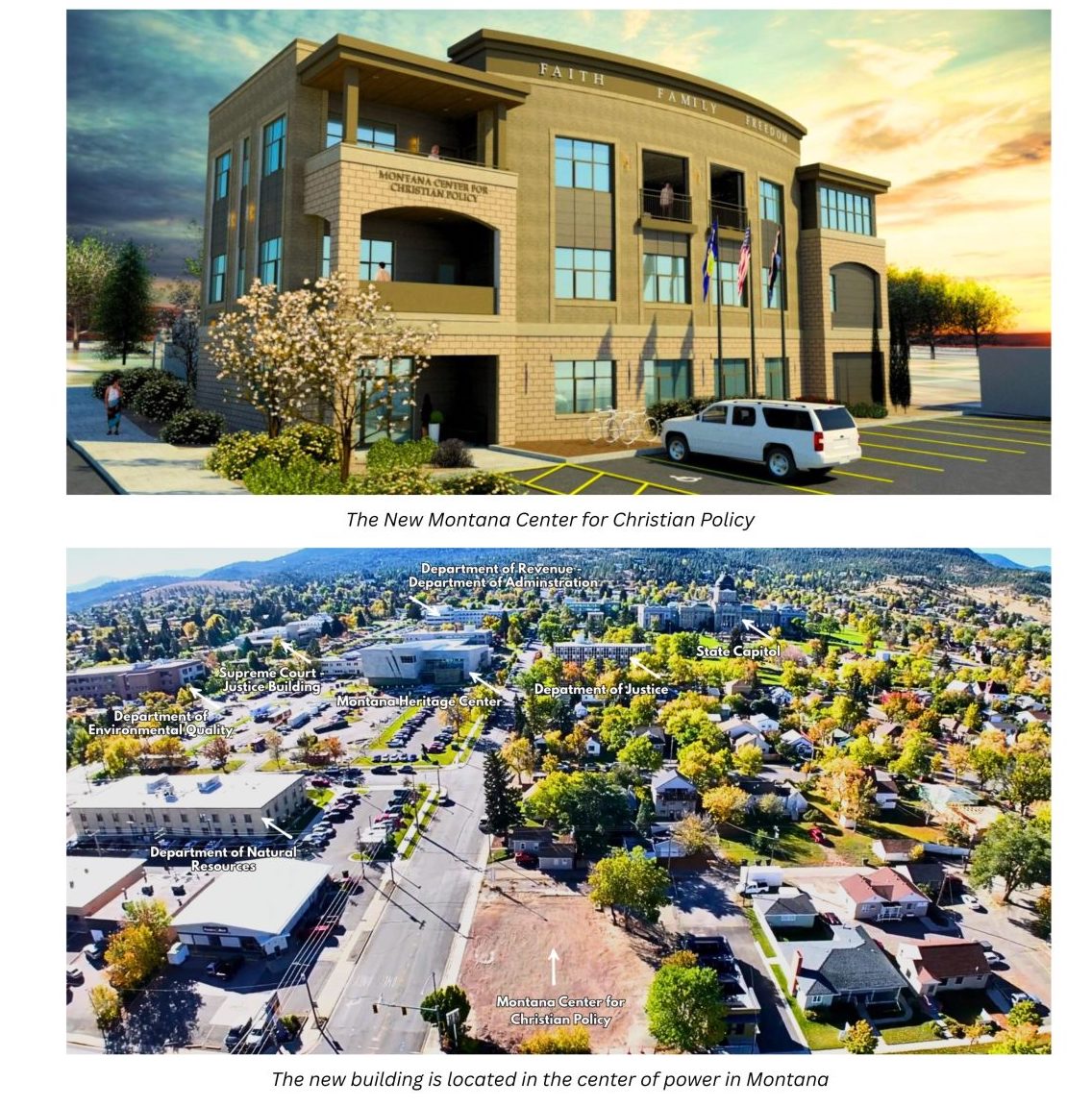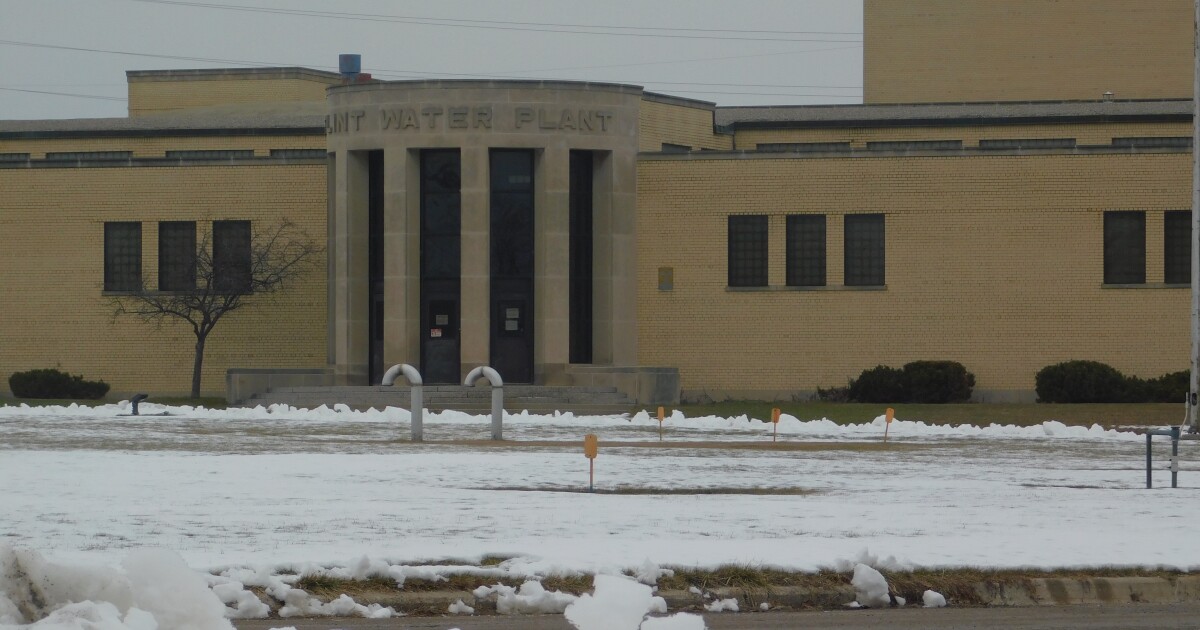The Colorado Plateau experiences two contrasting wet seasons: the frigid and expansive winter storms, and the warm, scattered summer monsoons. These seasons are more interconnected than they might appear, as meteorologists have discovered a pattern linking them.
Research indicates that a dry winter often precedes a robust monsoon season, whereas a wet winter can lead to a poorer summer rainfall. This correlation gives hope for a lush upcoming summer. However, the actual summer rainfall is influenced by an intricate mix of large-scale factors and can vary significantly across different areas.
One significant factor is the temperature of ocean surface waters. Cooler waters along the U.S. Pacific coast are linked to an earlier onset of the monsoon. This happens because the cold Pacific waters shift continental high pressure eastward during summer, allowing monsoon moisture to infiltrate the Southwest.
On the other hand, warm surface temperatures in the Gulf of California and the Gulf of Mexico contribute to high atmospheric moisture levels that travel northward as the season progresses.
Local conditions also play a crucial role. Dry soil and high temperatures in late spring seem to facilitate favorable monsoon conditions. A study in New Mexico found that winters with below-average snowpack are almost always followed by summer rains exceeding normal levels.
While there are no guarantees, meteorologists in the area are optimistic about a promising monsoon season.
Tune in next week on Earth Notes to discover the factors required to convert the seasonal moisture influx into significant rainfall.
This Earth Note was written by Peter Friederici and produced by KNAU and the Sustainable Communities Program at Northern Arizona University.
—
Read More Arizona News

